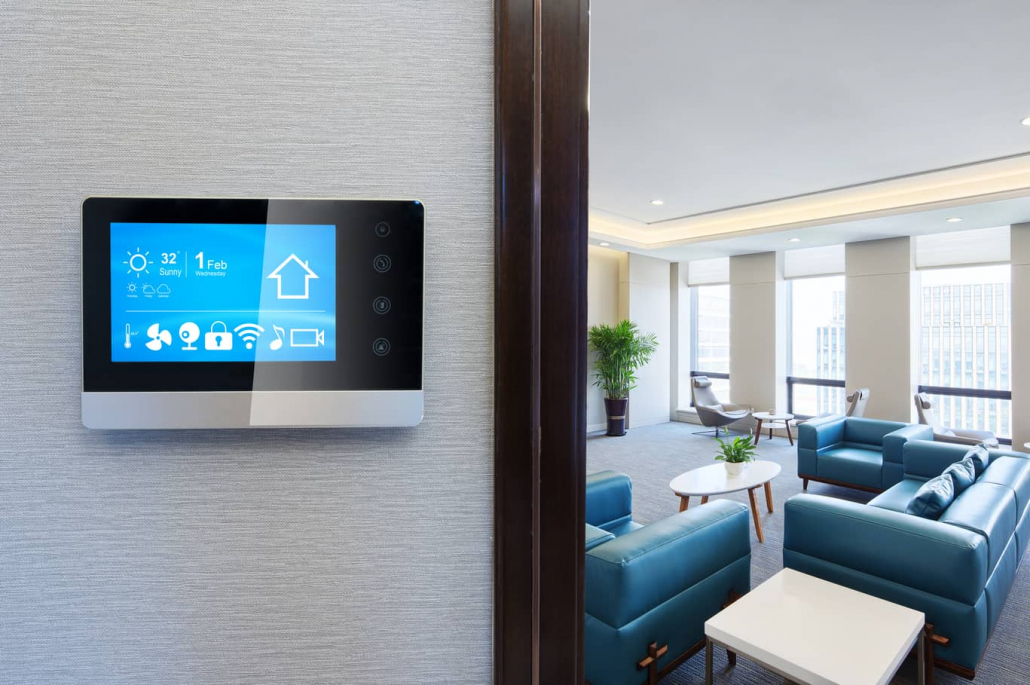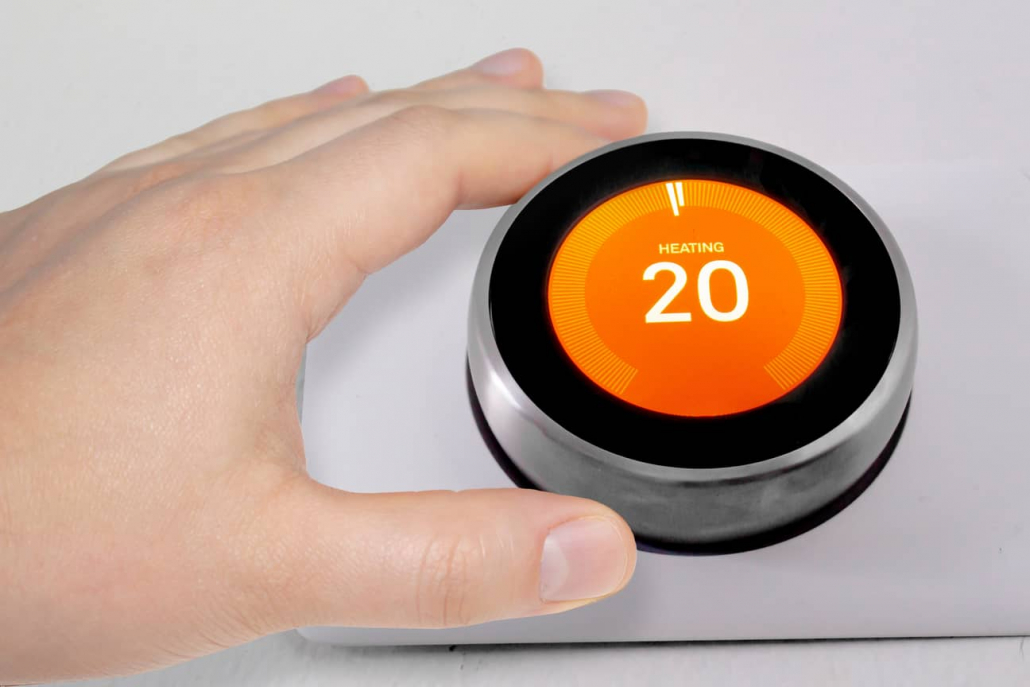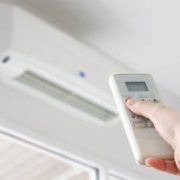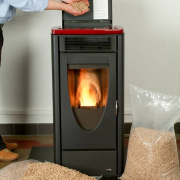Signs Of A Bad Thermostat In Home
Coming home after a long day in the office and you discover that your house is sweltering. What do you look into first? Your HVAC system has malfunctioned in some way. Calling on your local HVAC system service and repair technician is likely your best bet. In the meantime, you can troubleshoot what the issue could be. Getting ahead of the possibilities could save you money down the road. Not having cold air blowing through your vents could be a result of a few malfunctions. Signs of a bad thermostat in home? The likely hood that your thermostat is bad depends upon how old your HVAC system is.
Let’s take a look below at how we can tell if it is bad and what we can look into to fix it.

What Is A Thermostat
The thermostat in your home has many functions. The main function is to communicate with your HVAC system. If your thermostat runs your temperature degrees higher, it is likely time to call on an HVAC technician to troubleshoot a bad thermostat. When the thermostat is ready for replacement, look into a newer version of the thermostat that can upgrade your living experience. Newer thermostats are now capable of sensing humidity levels in your home and adjusting the internal temperature of your home accordingly. If you are due for a thermostat replacement, make sure that it is done before the colder months. You won’t want to be left in the cold.
How Do I Know It’s Bad
There are many signs of a bad thermostat in the home. Let’s look at the list of possibilities.
- It won’t turn on – if the thermostat doesn’t turn on check it by adding fresh batteries or verifying the electrical connection. If the display isn’t on then you can tell it needs batteries or electricity.
- Nothing happens – when the thermostat does nothing after you have made some changes to the temperature or fan settings. If your HVAC system doesn’t turn on after you adjust the temperature or your display remains the same after changing, then you have an issue.
- The HVAC system stays off – the thermostat wiring could have defects in it. Check the wiring to make sure it isn’t mixing up signals to the HVAC system.
- HVAC system starts and stops often – if the calibration is off your temperature readings would be inaccurate. Check the calibration so your system stays consistent.
- The HVAC system does not turn off – wiring issues or calibration issues can be responsible for miscommunication with the thermostat. This prevents the thermostat from tripping the HVAC system off when the desired temperature is met.
- False temperature readings in the home – your thermostat might be reading the temperature and when you check the room temperature, it could be hotter or colder than the initial thermostat reading. This could contribute to higher energy bills.
What Should I Look Into
Troubleshooting your thermostat can be a fairly easy process. You will want to start with the most simplistic part first and then buildup up the areas that are a bit more tricky.
- Look at the screen – if the screen is not lit or blank, go ahead and assume that the thermostat has a failure.
- The batteries – you might get lucky and the thermostat is not lit or blank because the batteries are out. Replace the batteries and see what you get. Now that the batteries are replaced, check the functions of your HVAC system.
- Settings – check your thermostat settings and adjust the settings to see if they are activating your heating or cooling as needed. Also, double-check that your settings are sensible to the season that you are in. Setting your thermostat too cold in the summer could have some damaging effects.
- The circuit breaker – if your breaker has tripped then the thermostat could be out. Restore the power by checking the breaker to ensure that your equipment is working properly. Once you have reset the breaker, go ahead and test your thermostat and HVAC system to make sure that was the issue.
- Where is the Thermostat – check and see if the location of your thermostat is in direct sunlight. If the thermostat is in direct sunlight it could warm up the sensor in the thermostat and trick it into thinking that is should cool the room. The thermostat should be mounted in an area that isn’t too hot or too cold.

How Much Does It Cost
If you are looking to have your programmable thermostat replaced you are going to pay for a marked-up unit and the labor cost of the professional installing it. Expect to pay around $150 to $400. The average cost for a thermostat runs from $25 to $300 depending on what type you are looking to install. A smart thermostat can be installed for $100 to $200 if you purchase the item at your local hardware store.
Other Recommended Maintenance
While you are looking for signs of a bad thermostat in the home, go ahead and check into how long does the ac unit actually lasts. The longevity of an HVAC system could be determined by where you live. In some environmental conditions like salt air that is present near coastal towns, an HVAC system might degrade faster than those placed on homes more inland.
Next, have the rest of your HVAC unit inspected. There might be some other parts that could use replacement. Also, read up on how long it takes for AC coils to thaw once frozen. This is a potential do-it-yourself project as you await the professional HVAC service, repair technician.
Lastly, you should understand how to troubleshoot other HVAC system malfunctions. For example, why is my central heater blowing cold air? Your thermostat being bad could be a reason for this to occur. If you cannot make this fix on your own, have your HVAC service repair technician make the fix.

When Do I Call A Professional
Anytime that you are dealing with a portion of your HVAC system, you should call on a professionally licensed HVAC contractor. Even something as simple as swapping out a thermostat could have long-term ramifications for your HVAC system. Necessary repairs arise when items are installed incorrectly and the HVAC system isn’t able to function properly. If you do not know who to call, reach out to your local home inspection team. Not only can they assess your entire HVAC system, but they can also refer you to a reputable professionally licensed HVAC contractor.
Conclusion
The best way to avoid any extensive damage to your HVAC system is by getting it maintained on a regular basis. In some cases, it is recommended that you have your HVAC system looked at every 6 months to 1 year. Also, the professionally licensed HVAC system contractor can conduct a tune-up on your system and recommend any upgrades to your system. The older your system gets the more it will need repairs. Staying on top of this will save you money, time, and stress.
Calling on your local home inspection team can save you time and money when it comes to your HVAC system and any necessary repairs. You might find that other repairs are needed in the home. These can be completed at the same time as your HVAC system upgrades and repairs are conducted. If you want to ensure that you have a reputable HVAC system contractor on-site, your home inspection team will provide you with the best recommendation. Reach out to Heartland Inspections for a home inspection in the great Minneapolis St. Paul and surrounding areas.











